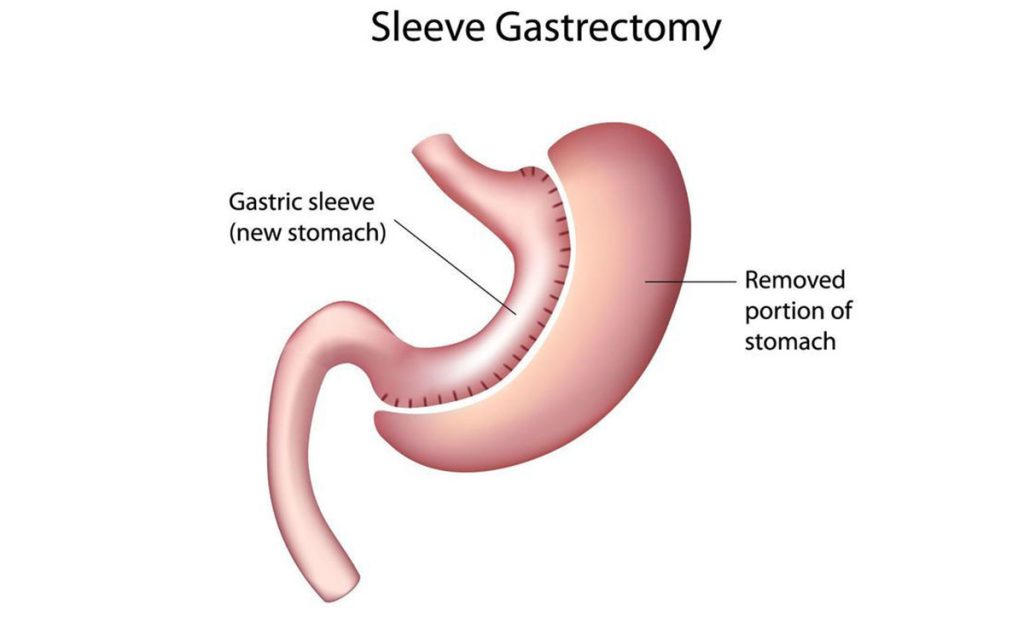Laparoscopic Gastric Sleeve Resection

Bariatric surgery in BTM Layout
What is Laparoscopic Gastric Sleeve resection?
It is a bariatric treatment in which the stomach’s outer crescent is removed, and the stomach’s ability to store food is greatly decreased at the conclusion of the process, leaving a tube-like stomach behind. Individuals’ capacity to ingest food decreases as a result of the stomach’s diminished capacity to store food, which leads to weight loss over time.
Looking for bariatric surgery in BTM Layout? DR. Gautham SL is the best doctor for bariatric surgery in BTM Layout.
How is the procedure Performed?
The procedure is conducted by inserting a Laparoscope (a tiny tool with a thin tube and camera at the end) and other equipment into 5 to 6 small incisions. Book your appointment today.
Using laparoscopic techniques and endoscopic staplers, the treatment entails removing 2/3 of the stomach on the left side. As a result, the stomach’s shape changes to that of a tube (like a hockey stick), limiting the stomach’s capacity to hold food. The entire process is carried out after the patient has been given anaesthesia, and because he is unconscious during the procedure, he experiences no discomfort.
Who should opt for this procedure and why is it Performed?
>> People who eat a lot of food, are 30 kg overweight, or have a BMI of more than 32 with co morbidities.
>>Obese people with a BMI of 35 or above and no co-morbidities should consider this treatment.
The following are the causes for the surgery:
>When a person’s BMI exceeds more than 35.
>When the individual has co-morbidities such as heart, pulmonary, or liver problems.
Those with Crohn’s disease (a disorder in which the intestine is inflated), those with an enlarged liver, and so on.
What are the advantages of having the procedure done?
The following are some of the procedure’s advantages: As a result, stomach function is preserved.
– Weight reduction of 60-70 percent is guaranteed.
– The capacity to control linked co-morbidities has improved.
– Dumping syndrome and nutritional deficit are not allowed.
– Individuals who are not candidates for malabsorptive or other combination treatments may consider this alternative.
How does this procedure aid in weight loss?
This is a restrictive procedure that greatly reduces the size of the stomach and, as a result, the stomach’s ability to store food decreases, resulting in a decrease in appetite and, as a result, the individual consumes less food. The surgery also decreases the secretion of the “hunger hormone” ghrelin, which results in a decrease in appetite and, as a result, weight loss gradually occurs. Many studies have shown that the advantages of this technique can continue up to three years and that it can result in significant weight loss.
What is the road to Recovery?
The patient has a swallow test the day following surgery to check for any leaks. If the patient is doing well and the discomfort has subsided, he is discharged right away, with a follow-up visit scheduled for 7 to 10 days after discharge.

Contact Us:
Arekere Main Rd, Sarvobhogam Nagar, Arekere, Bengaluru, Karnataka 560076
99721 95354